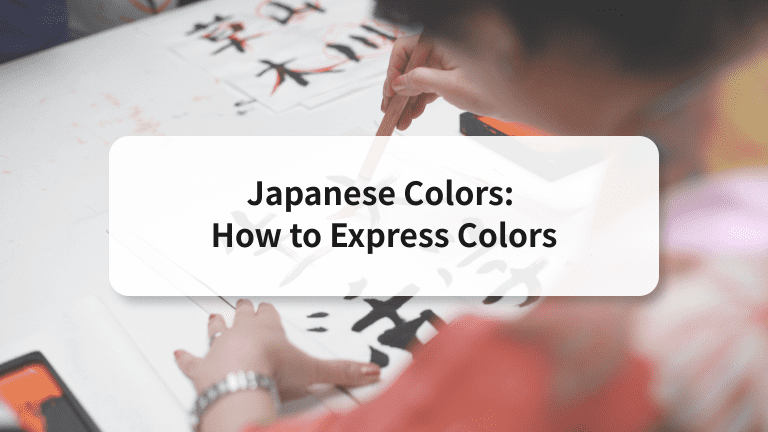Japan is a nation that has always held the fascination of people worldwide, with its rich cultural history and practices and beautiful, meaningful language it’s no surprise then that it’s a nation constantly flocked with tourists trying to get a taste of this wondrous landscape. In today’s article, we will be guiding you through the exciting and visually stimulating world of color through the lens of the Japanese language.
Firstly it is to be understood that the Japanese language is beautifully complex and descriptive and understanding this will provide a new way to relate to colors. One of the most important aspects to understand in this conversation is that within the Japanese culture, specific colors hold a special and often sacred meaning, originating from customs that are millennia-old. This will help newcomers to the language grasp the importance of the usage of the correct terminology when using and discussing certain colors. We hope that the following article will not only provide an enlightening looking into the world of color within the Japanese culture but also encourage those interested in the culture to gain a deeper understanding of the language with expert language lessons from the tutors at AmazingTalker.
Table of Contents
The Primary Colors
- Red – Aka – 赤
- Blue – Aoi – 青い
- Yellow – Kiiro – 黄色
- Orange – Orenji – オレンジ
- Green – Midori – 緑
- Purple – Murasakino – 紫の
- Red orange – Akai orenji – 赤いオレンジ
- Yellow orange – Ki orenji- 黄オレンジ
- Yellow green- Kimidori – 黄緑
- Black – Kuro – 黒
- Brown – chairo – 茶色
- White – Shiro- 白
Some Exceptions
As with any language, there are exceptions to every rule. When it comes to colors in Japanese here are exceptions that you may find interesting to note. For example, purple in Japanese is 紫 (murasaki) but you’ll sometimes hear the English loan word (pa-puru) written in Katakana. Another alternate way to say the color white is instead of using the traditional (shiro) you could use its loan word (howaito).
More Colors
Having explored some of the basics of the world of color, let’s turn our minds to the fun and creative avenues we can take when combining some of these colors. When mixing colors we create an entirely new species of color that can be used in a more varied way
Related Colors of Black, White, Grey, and Browns:
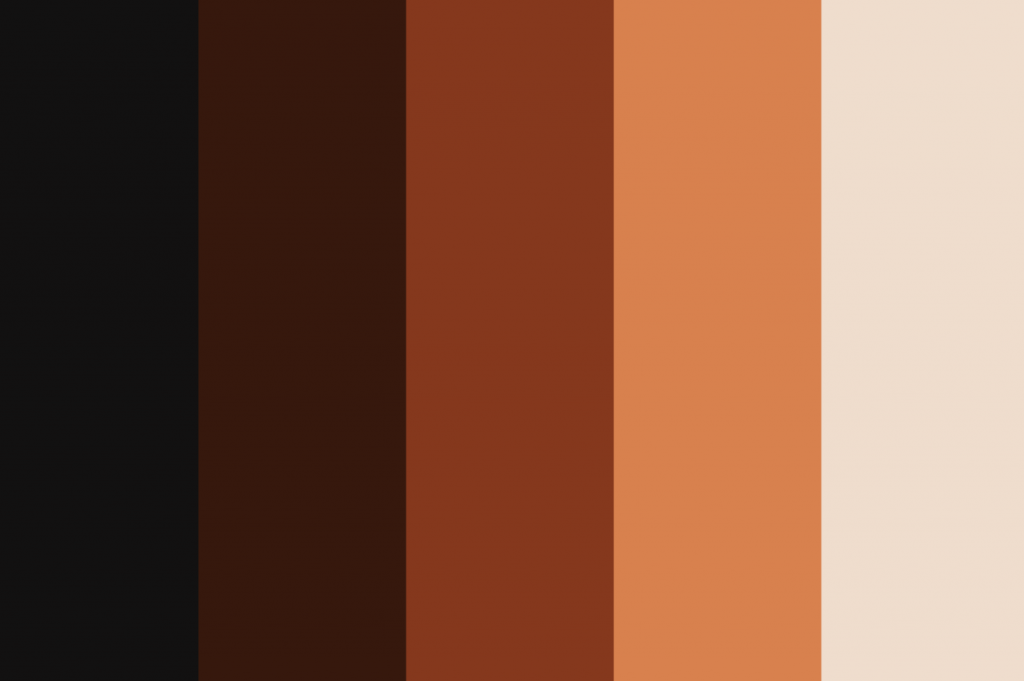
- Charcoal – Mokutan- 木炭
- Onyx – Onikisu- オニキス
- Jet black- Shikkoku- 漆黒
- Porcelain – Jiki -磁器
- Ivory – Zōge- 象牙
- Cream- Kurīmu -クリーム
- Silver – Gin – 銀
- Pewter – Pyūtā – ピューター
- Slate grey – Surētogurei – スレートグレイ
- Chocolate brown – Chokorētoburaun – チョコレートブラウン
- Coffee brown – Kōhīburaun – コーヒーブラウン
- Tawny – Kōkasshoku -黄褐色
Related Colors of Red, Orange, and Yellow
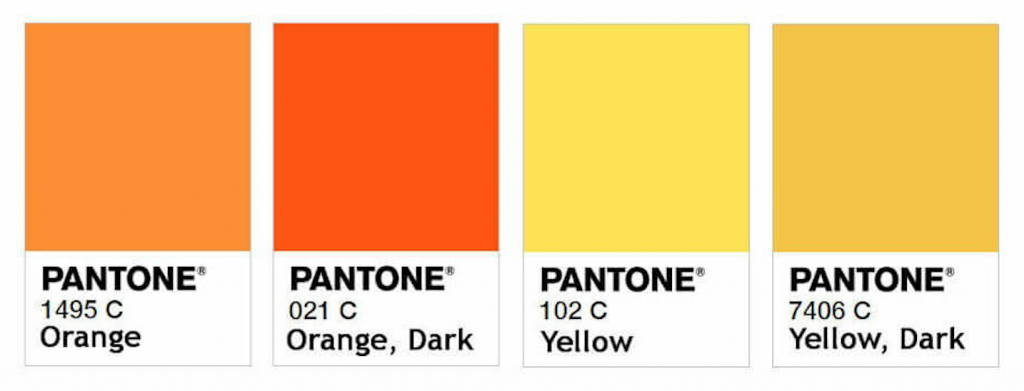
- Cherry red – Cherīreddo – チェリーレッド
- Crimson – Shinku – 真紅
- Scarlett- Sukāretto – スカーレット
- Tangerine – Tanjerin -タンジェリン
- Bronze – Buronzu -ブロンズ
- Amber – Anbā -アンバー
- Gold – Kin – 金
- Lemon – Remonkarā – レモンカラー
- Canary – Kanaria -カナリア
- Persimmon- -kakiiro- 柿色
- Sunflower- himawariiro- ひまわり色
- Vermilion- shuiro- 朱色
Related Colors of Green and Blue
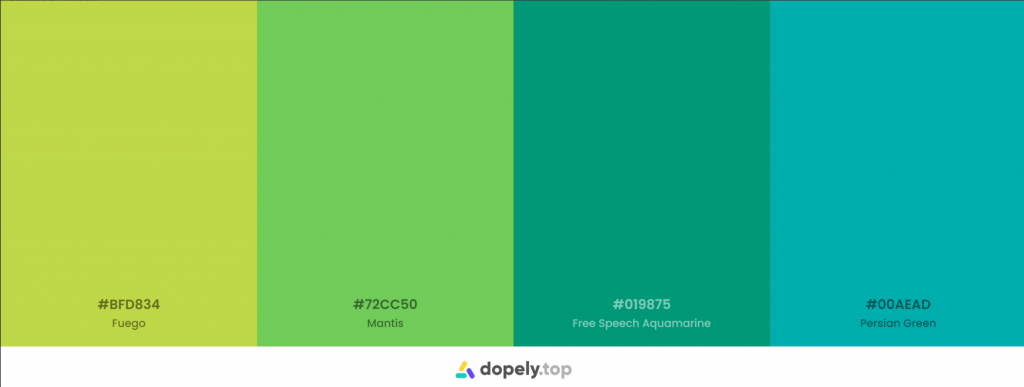
- Chartreuse – Sharutoryūzu – シャルトリューズ
- Lime – Raimu -ライム
- Olive green – Orībugurīn – オリーブグリーン
- Moss green – Mosugurīn -モスグリーン
- Mint green – Mintogurīn- ミントグリーン
- Jade green – hisuiiro -翡翠色
- Teal- kamonohairo- 鴨の羽色
- Green-blue – aomidoriiro- 青緑色
- Navy blue – Koniro- 紺
- Indigo –ai – インジゴ
- Cyan- asagiiro -浅葱色
- Cobalt – Kobaruto -コバルト
Related Colors of Pink and Purple
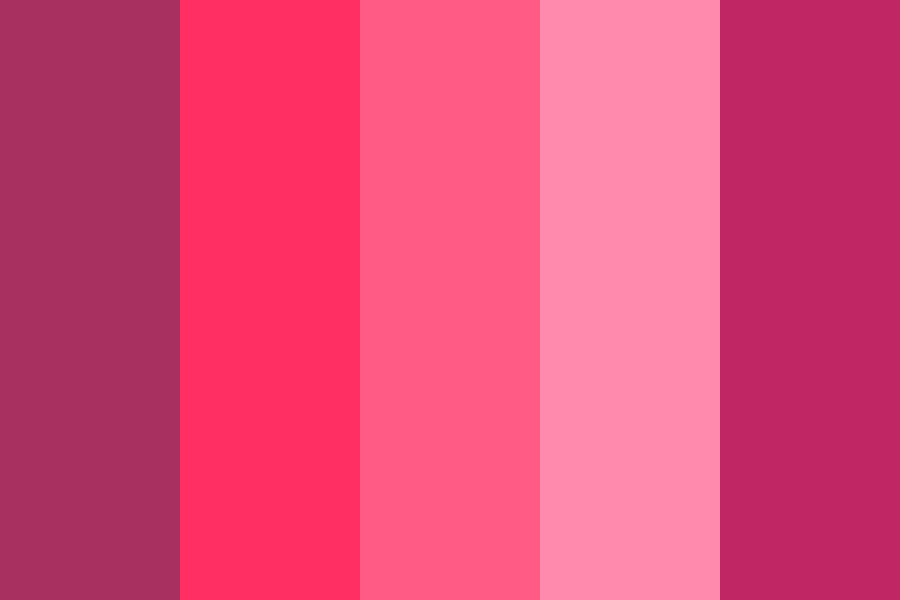
- Peach – Hadairo -肌色
- Light pink – Sakurairo -桜色
- Rose – Barairo – 薔薇色 / バラ色
- Blush pink – Koubaiiro – 紅梅色
- Coral – Sangoiro- 珊瑚色
- Magenta – Sekishishoku -赤紫色
- Fuscia – Fushia – フシア
- Plum – Umemurasaki – 梅紫
- Eggplant – Nasukon -茄子紺
- Mauve – Fujiiro- 藤色
- Violet – Murasaki – 紫
- Grape – Ebiiro -葡萄色
Adjectives to Describe Colors
Adjectives are descriptive words used to describe various nouns. As you’ll come to see, adding adjectives to your color descriptions can bring a sense of joy and life into your conversation. Learning various Japanese adjectives will also bring the added benefit of allowing you to express yourself more completely instead of feeling stuck in the world of basic descriptors. Now when it comes to understanding Japanese adjectives for color one also needs an understanding of Japanese grammar rules and although they seem intense to follow, they at the very least are straightforward. In the next section, we will be covering some of these grammar rules so keep an eye out!
Some adjectives would include:
- Red – akai -赤い
- Yellow – kiiroi – 黄色い
- Blue – aoi – 青い
- Black – kuroi – 黒い
- White – shiroi – 白い
Grammar Usage on Japanese Colors
Two of the main distinct grammar rules to be aware of when it comes to the use of adjectives in colors when speaking Japanese are the use of い (i) before i-adjectives. For primary colors, the い (i) has to be added at the end of the word, as indicated above in order to make it an adjective. Additionally, other non-primary colors are seen as の (no) adjectives. These colors require the の (no) particle to be added after them in order to be turned into an adjective. However, in light of this rule, there are two exceptions, both yellow and brown can be turned into adjectives either way, for eg: yellow can be used as (黄色い (kiiroi) OR 黄色の (kiiro no) and brown can be used as ( 茶色い (chairoi) OR 黄色の (chairo no).
Another important note is that all Japanese colors have a noun form and an adjective form. Keeping track of this, although complex will help with better use of color in conversation.

The Culture behind Japanese Colors
As we know, Japan is a country steeped in deep rich history and it should come as no surprise then that color forms an important part of this story. From the painting of holy temples and monasteries to the artful creation of kimonos, the importance of color cannot be parted from Japanese culture. Here is a look into the interesting way color is interwoven into the cultural significance of Japanese history.
Red and white are colors we have come to commonly associate with Japan, not only does it form a prominent part of the country’s flag but it holds significant historical importance. Although the color red has often come to be associated with danger for many of us, in japan red as well as white are colors often associated with joy and happiness. Often used in celebratory ceremonies such as birthdays and weddings. The color red has also become symbolic of strength and passion for the Japanese people. White is commonly a color that denotes peace and purity but can also be used to indicate death and mourning.
Various other colors hold importance in Japanese culture, with black generally being used to denote a sense of masculinity and is often used in men’s attire. As with many cultures, purple has come to hold a place of high nobility, and strength and is usually associated with warriors. One could assume that due to the fact that purple was a color that was hard to come by and quite costly to produce in the early stages of history that this could have something to do with its high-ranking status.
More Words Related to Colors
Now that we have extensively covered the bright and interesting world of colors, it’s a joy to bring to your attention that the fun has not yet come to an end. Exploring colors in Japanese could be endless but one more important stop on the ride of adventure are just a few more additions to your expanded color vocabulary. Below are some great words to keep in your pocket when using colors in Japanese.
- Iridescent – tamamushiiro
- Holographic -horogurafikku
- Opal – nyuuhakushoku
- Transparent or clear – toumei
- Bright – akarui
- Light or pale -awai
- Vivid – azayaka na
- Dark – koi
- Colourful – iro azayakana / shikisai yutakana
- Colourful – karafuru (English loan word)
- Rainbow – niji
- Colourless – mushoku
- Neon (English loan word for Neon)
- Multi-coloured – tashokuno
- Sparkling colour – Kirameku iro
Brighten your Japanese with colour

Source: Giphy
We know that usually in the modern world when using different colors, their deeper meaning is often not considered. However, through the reading of this article, we hope that we have encouraged all readers to use color within their daily lives in a more thoughtful and intentional manner. Alongside this, we hope that the wonderful complexity of the Japanese language and its culture has been brought to light in a way that would encourage anyone with even the slightest interest to delve deeper into their exploration. Japan is a country that has a wealth of cultural history to offer its many visitors, however, most people do not seek a deeper understanding of its traditional practices, values, and its language. This article aims to change that.
The exploration of color through the lens of various cultures is one that is not most commonly explored, however, it can provide great insight into why certain practices persist to this day and why certain monuments hold the importance that they do. We hope that with this article anyone potentially interested in visiting Japan would solidify their intention to do so by taking up Japanese lessons with the certified tutors from AmazingTalker. These lessons will provide the learner with a way to more easily connect with the Japanese people and give a better understanding of their culture.
